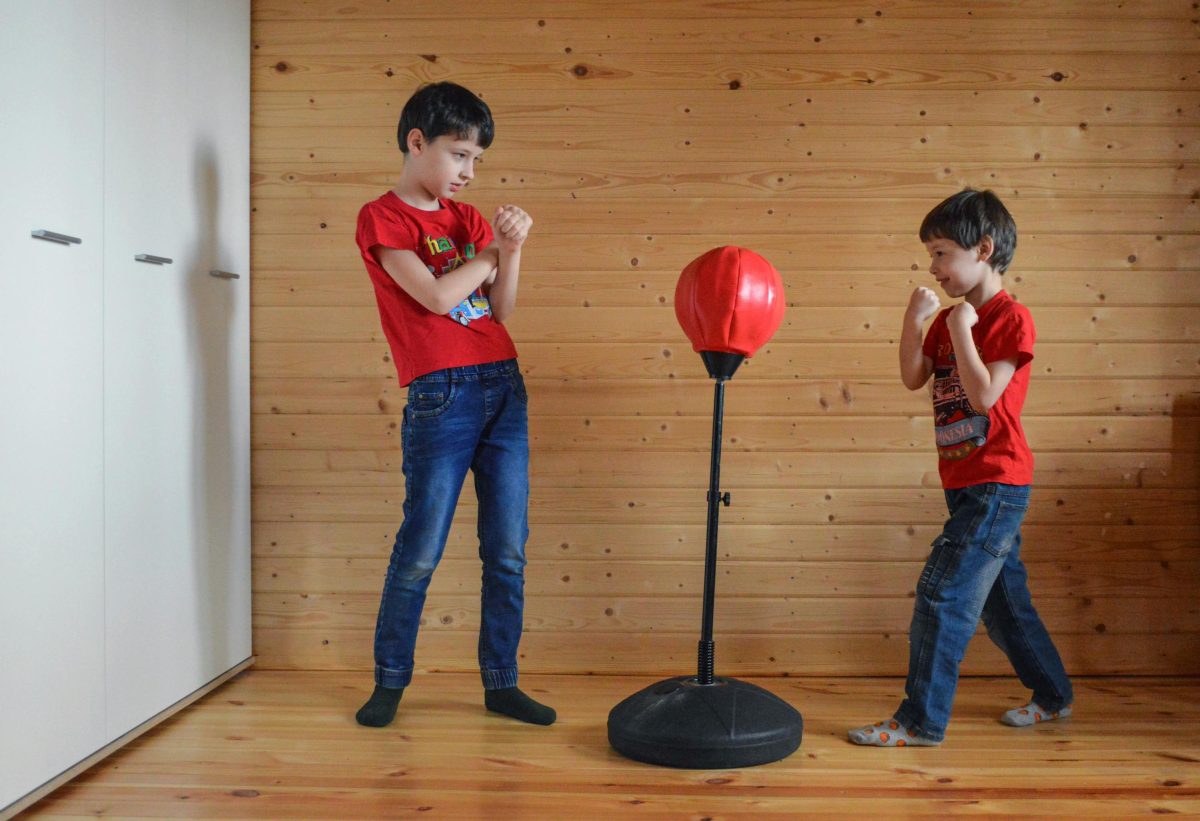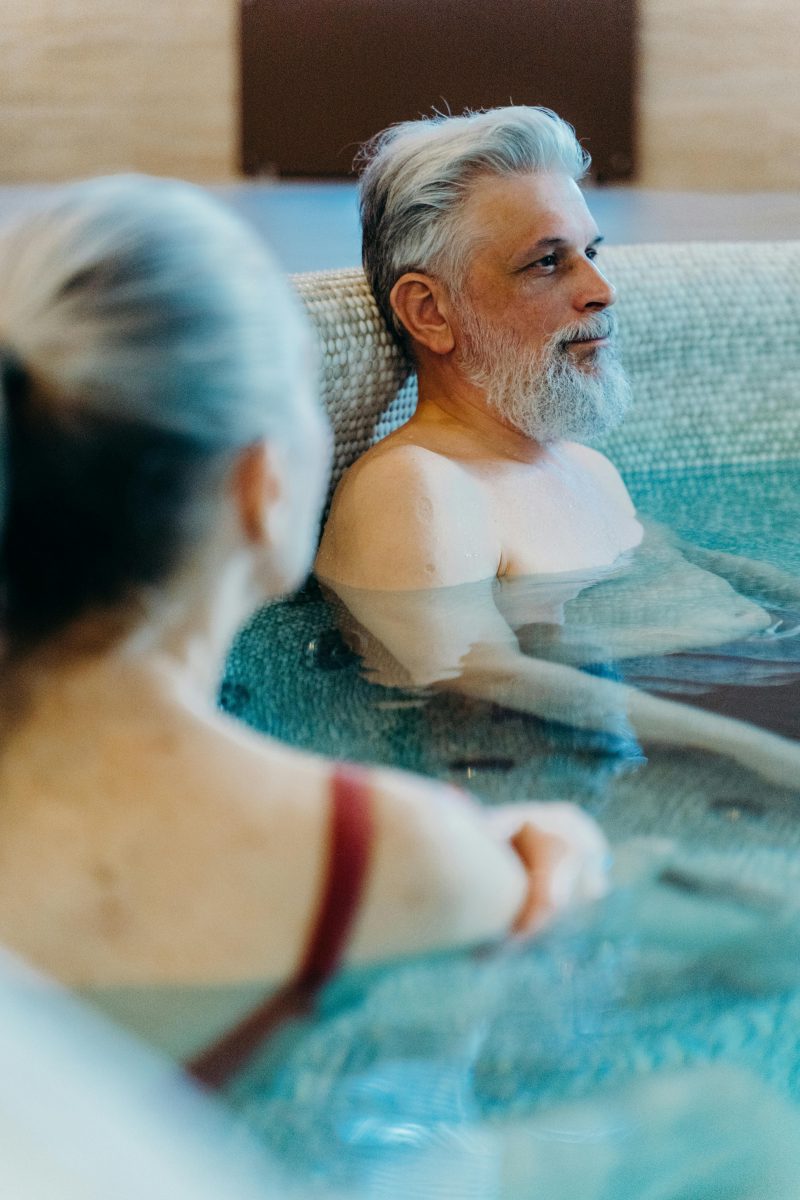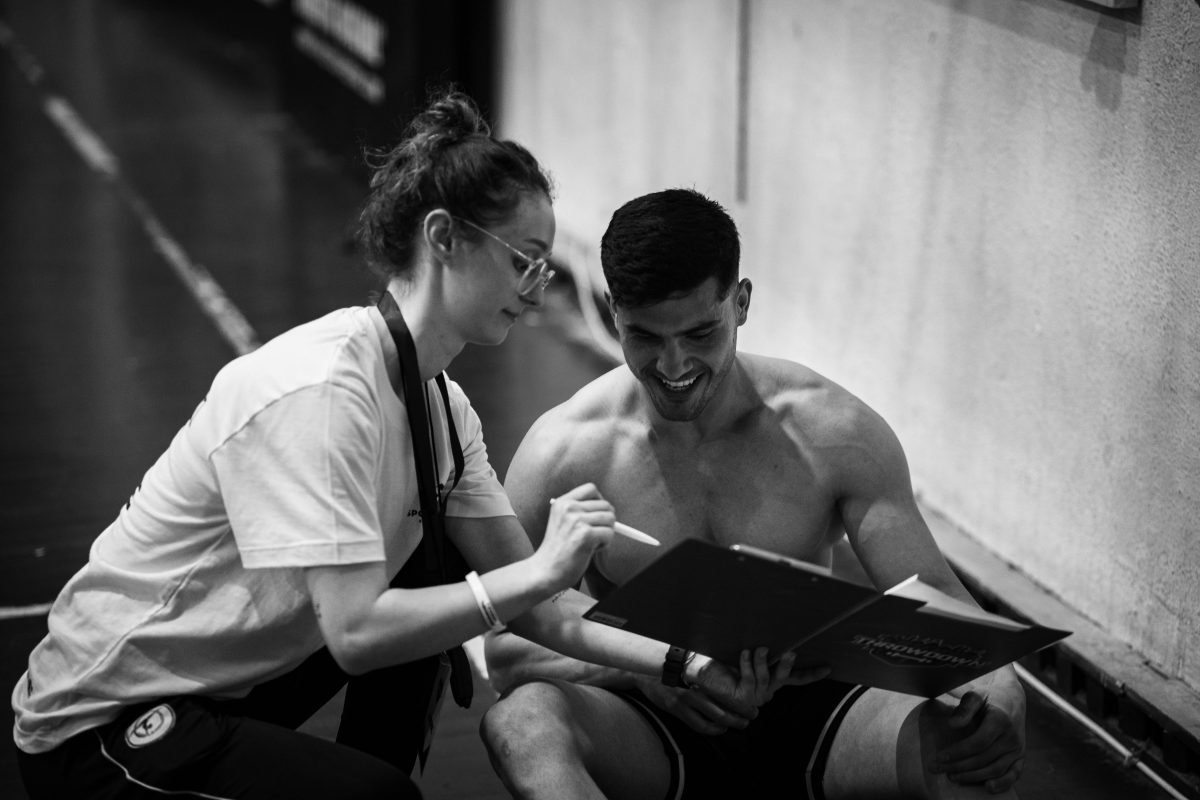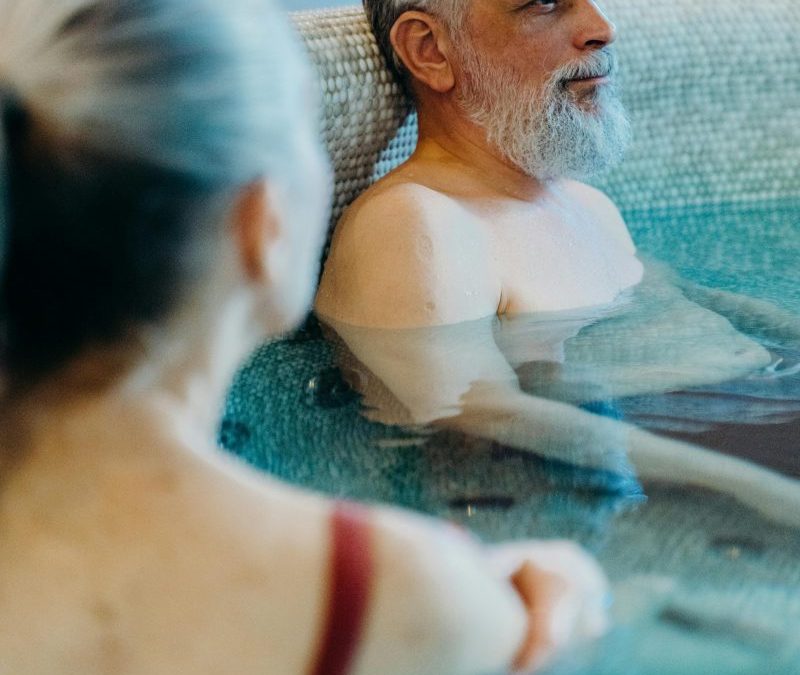Last Updated on: 14th July 2024, 10:57 am
Introduction to Lifelong Fitness

Staying active throughout life is not just a choice; it’s a necessity. The importance of maintaining fitness at any age cannot be overstated. It’s a foundation for a vibrant, healthy, and fulfilling life. Myths about aging and exercise often deter many from pursuing an active lifestyle, suggesting it’s too late to start or that exercise is dangerous for older adults. These myths couldn’t be further from the truth.
Exercise is a powerful tool at any age. It boosts energy, protects against chronic diseases, and enhances mental health. The benefits of maintaining fitness extend far beyond the physical, influencing every aspect of life. From improving sleep to enhancing cognitive function, the positive impacts are profound and well-documented. Engaging in regular physical activity is a testament to the body’s remarkable ability to adapt and thrive, proving it’s never too late to embrace a healthier lifestyle.
Understanding How Age Affects Fitness

Physical Changes with Aging and Their Impact on Fitness
As we age, our bodies undergo inevitable changes. Muscle mass decreases, flexibility wanes, and endurance levels may not be what they once were. These physical transformations can influence our fitness capabilities, but they don’t spell the end of an active lifestyle. Recognizing and respecting these changes is the first step toward adapting our fitness routines, ensuring we can stay active and healthy well into our later years.
The Role of Metabolism in Aging and Exercise
Metabolism naturally slows as we age, a fact that can affect how our bodies use energy during exercise. However, regular physical activity can counteract this decline. Exercise boosts metabolism by building muscle, which burns more calories than fat, even at rest. This interplay between metabolism and exercise highlights the importance of staying active, helping our bodies more efficiently process the energy we consume.
Adapting to Changes in Strength, Flexibility, and Endurance
Adapting our fitness routines is crucial as we navigate the changes in our bodies. Incorporating strength training can combat muscle loss, while flexibility exercises like yoga or Pilates can enhance range of motion. Endurance activities, such as walking or swimming, can be adjusted in intensity and duration to match our current fitness levels. By modifying our approach to exercise, we can continue to reap the benefits of physical activity, regardless of age.
Embracing these adaptations not only allows us to maintain a level of fitness but also to enjoy the process. Fitness, after all, should be a source of joy and vitality at any age. With the right adjustments and a positive mindset, staying fit and healthy throughout the years is an achievable and rewarding goal.
Exercise Recommendations for Different Age Groups

Children and Adolescents: Building a Foundation for Lifelong Fitness
- Focus on fun and variety.
- Activities like playing tag, joining a sports team, or even dancing in the living room help build a positive relationship with physical activity.
- These experiences lay the groundwork for a healthy lifestyle, emphasizing the joy of movement over rigorous exercise routines.
Adults: Balancing Cardiovascular, Strength, and Flexibility Training
- A brisk walk or a cycle ride can keep the heart healthy.
- Resistance exercises with weights or bodyweight strengthen muscles and bones.
- Incorporating flexibility exercises, such as yoga or stretching routines, can improve posture and reduce the risk of injury.
Seniors: Focusing on Balance, Flexibility, and Muscle Preservation
- Exercises that enhance balance, like tai chi, can prevent falls.
- Flexibility routines help maintain joint health and mobility.
- Strength training, adapted to individual capabilities, is crucial for preserving muscle mass and bone density.
Regardless of age, staying active is a cornerstone of health and well-being. By tailoring our exercise routines to our current life stage, we can enjoy the benefits of fitness throughout our lives, embracing the changes in our bodies with grace and strength. The journey of fitness is a lifelong one, filled with adjustments, learning, and growth. Let’s make it a joyful and rewarding journey, at every age.
Overcoming Common Barriers to Exercise at Any Age

Time Constraints and Integrating Exercise into Daily Life
Finding time for exercise can seem daunting amidst busy schedules. Yet, integrating physical activity into daily routines can be surprisingly manageable. Short, brisk walks during breaks, cycling to work, or even gardening can significantly contribute to one’s fitness. The key is to view exercise not as an additional task but as an integral part of daily life.
Adapting Exercises for Physical Limitations
Physical limitations need not be a barrier to staying active. With a plethora of adaptive exercises available, there’s always a way to move your body. Water aerobics, for instance, is gentle on the joints, while chair yoga can improve flexibility and strength without the need for standing poses. Consulting with a fitness professional can also provide personalized adaptations, ensuring everyone can enjoy the benefits of exercise.
Motivation and Setting Realistic Goals
Motivation ebbs and flows, but setting realistic, achievable goals can provide a steady source of inspiration. Whether it’s walking for 15 minutes a day, mastering a new yoga pose, or simply stretching every morning, small goals pave the way to larger achievements. Celebrating these milestones not only boosts motivation but also reinforces the habit of regular physical activity.
Overcoming these common barriers requires a blend of creativity, adaptability, and perseverance. By integrating exercise into our daily lives, adapting activities to our physical capabilities, and setting realistic goals, we can maintain a fit and active lifestyle at any age. The journey to fitness is personal and unique, but the destination of a healthier, more vibrant life is universal.
Nutrition and Its Role in Fitness Across the Lifespan

How Nutritional Needs Change with Age
As we journey through life, our bodies evolve, and so do our nutritional needs. The vibrant energy of youth demands calories for growth, while adulthood shifts focus towards maintaining health. As seniors, our metabolism slows, necessitating fewer calories but a higher need for nutrient-dense foods. This dynamic nature of our bodies underscores the importance of adjusting our diets to meet changing nutritional requirements at every stage of life.
The Importance of Hydration, Protein, and Other Key Nutrients
Hydration is the cornerstone of health, vital for every cell in our bodies. It becomes even more critical as we age, with dehydration risks increasing. Protein is the building block of muscle, essential for preservation and repair, especially important as muscle mass naturally declines with age. Vitamins, minerals, and other nutrients support everything from bone health to cardiovascular function, highlighting the need for a balanced, nutrient-rich diet.
Combining Diet and Exercise for Optimal Health
Integrating a nutritious diet with regular exercise is the key to unlocking the best health outcomes. This synergy enhances energy levels, supports muscle growth and repair, and boosts metabolism. Whether it’s the flexibility of youth or the wisdom of age, a balanced approach to nutrition and fitness can pave the way for a life filled with vitality and wellness. Embracing this holistic view of health ensures that we can enjoy the benefits of an active lifestyle, at any age.
Understanding and adapting to our body’s evolving needs is not just beneficial; it’s essential for maintaining fitness and health throughout our lives. With the right nutrition and exercise, we can face each new chapter with strength, energy, and a zest for life. Let’s nourish our bodies with the care they deserve, fueling our journey to lifelong fitness and well-being.
Creating Your Own Lifelong Fitness Plan

Assessing Personal Fitness Levels and Setting Achievable Goals
Start by understanding where you stand:
- Assess your current fitness level to provide a baseline.
- Tailor your objectives to your personal needs and aspirations.
- Celebrate each milestone achieved, keeping motivation high.
Incorporating Variety and Enjoyment into Your Fitness Routine
Avoid monotony by:
- Mixing cardiovascular exercises with strength training and flexibility workouts.
- Trying new activities like dancing, hiking, or swimming to keep your routine exciting.
- Remembering that when exercise is enjoyable, you’re more likely to stick with it.
The Importance of Consistency and How to Stay Motivated Over Time
Key strategies include:
- Setting small, incremental goals for a continuous sense of achievement.
- Finding a workout buddy or joining a fitness community for encouragement and accountability.
- Emphasizing that it’s about making consistent, healthy choices, not perfection.
Creating a lifelong fitness plan is a dynamic process that evolves with your changing needs and goals. By assessing your fitness level, incorporating variety, and focusing on consistency, you lay the foundation for a healthy, active lifestyle that lasts. Embrace the journey, celebrate your progress, and always strive for balance and enjoyment in your fitness endeavors.
In Closing
Fitness is a lifelong journey, not a destination. It’s about adapting, not surrendering, to the changes life brings. Through the interplay of nutrition, exercise, and personal growth, we discover the resilience of our bodies and spirits. This article has charted a path from the vigor of youth to the wisdom of age, illustrating that fitness is achievable and beneficial at every stage of life. Let’s embrace this journey with open hearts and minds, continually adapting and celebrating our progress, for the road to wellness is paved with small, daily choices that lead to a lifetime of vitality.
Age and Fitness: How to Stay Fit at Any Age FAQs
People over 60 should generally avoid high-impact exercises that put excessive stress on the joints, such as running or jumping, and exercises with a high risk of falls. It’s important to consult with a healthcare provider or a fitness professional to tailor an exercise program that considers any existing health issues or limitations. Low-impact exercises like walking, swimming, or cycling can be safer alternatives.
Yes, regular physical activity can help reduce the risk of chronic diseases such as heart disease, diabetes, and certain cancers. Exercise improves cardiovascular health, helps manage blood sugar levels, and strengthens the immune system. Engaging in a mix of aerobic, strength, and flexibility exercises is most beneficial.
Yes, strength training is safe and beneficial for seniors when performed correctly and with proper guidance. It helps maintain muscle mass, which naturally declines with age, improves bone density, and supports joint health. Starting with light weights or resistance bands and gradually increasing the intensity under the supervision of a fitness professional can ensure safety.
Setting realistic goals, finding activities you enjoy, and having a workout buddy can significantly increase motivation to exercise. Tracking progress, whether it’s through fitness apps or a journal, can also provide a sense of accomplishment. Joining classes or groups specifically designed for older adults can offer social support and accountability.
Exercise has a positive impact on mental health in older adults by reducing symptoms of depression and anxiety, improving cognitive function, and enhancing overall mood. Physical activity increases the production of endorphins, which are natural mood lifters. Regular exercise can also improve sleep quality and provide a sense of achievement and purpose.
Seniors should aim for at least 150 minutes of moderate aerobic activity or 75 minutes of vigorous activity each week, along with muscle-strengthening activities on two or more days a week. This can be broken down into more manageable sessions, such as 30 minutes a day, five days a week. Consistency and regularity are key to reaping the benefits of exercise.
No, it’s never too late to start exercising, regardless of your age. Starting an exercise routine can significantly improve your health, increase longevity, and enhance quality of life. It’s important to choose activities that you enjoy and that are suited to your current fitness level and health concerns.
The first step is to consult with a healthcare provider to assess your fitness level and any potential health risks. Starting slowly with low-impact activities, such as walking or swimming, can help build stamina and confidence. Gradually increasing the duration and intensity of exercise as fitness improves is key to avoiding injuries and staying motivated.
Nutrition plays a crucial role in fitness at any age, but especially for older adults, as it helps fuel exercise and aids in recovery and muscle repair. A balanced diet rich in fruits, vegetables, lean proteins, and whole grains supports overall health and can help manage weight. Staying hydrated and adjusting caloric intake based on activity level are also important.
A combination of aerobic, strength, balance, and flexibility exercises are ideal for aging adults. Aerobic activities like walking, swimming, or cycling help improve cardiovascular health, while strength training helps maintain muscle mass and bone density. Balance and flexibility exercises, such as yoga or tai chi, can prevent falls and improve mobility.
Orlando is a all round athlete from Australia, now resident in Germany. His sports of passion of American Football(Offensive line), weight training and indoor rock climbing where he uses his 195cm wing span to his advantage.



